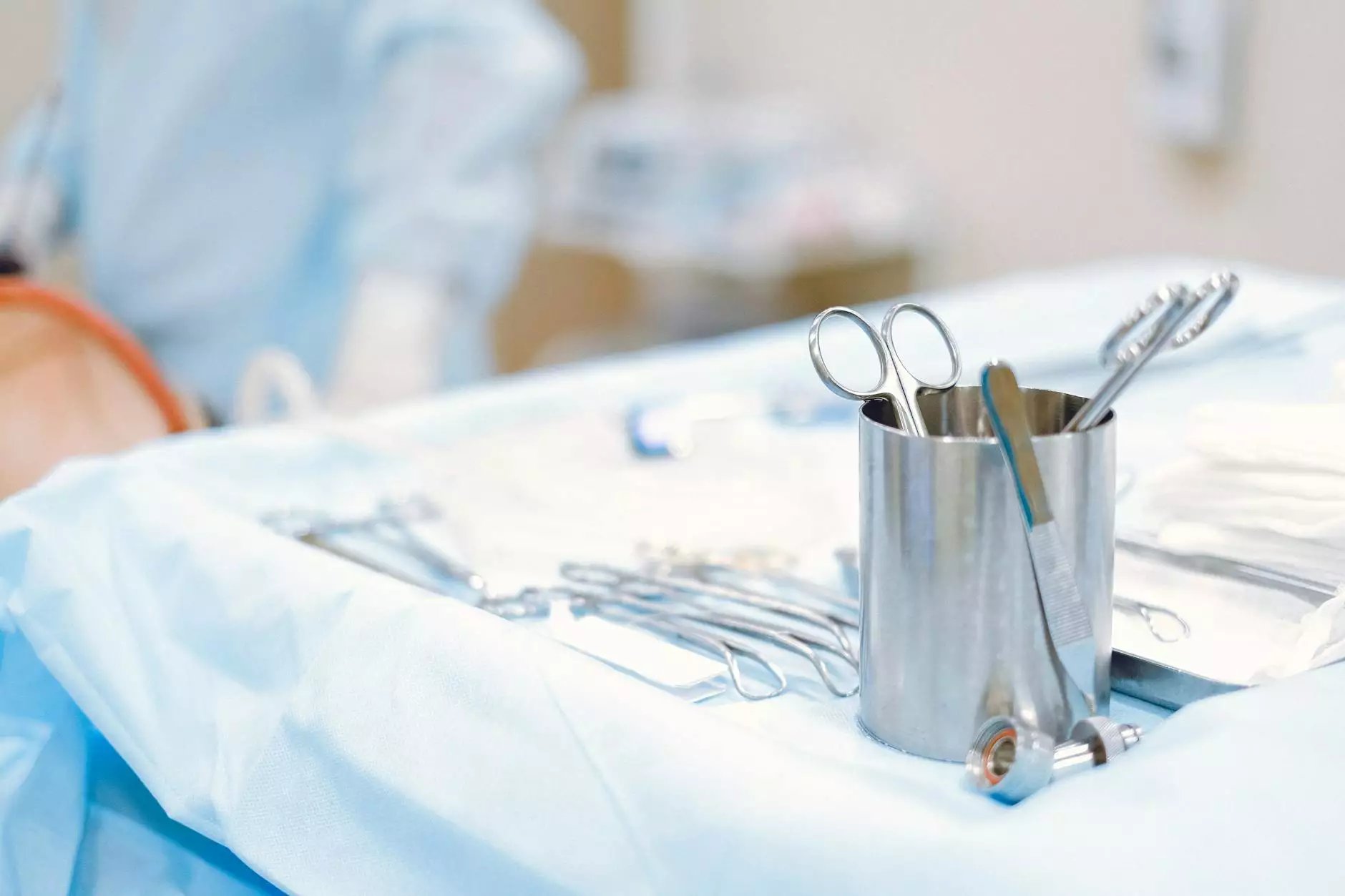Understanding Bilateral Salpingo Oophorectomy: A Comprehensive Guide

Bilateral salpingo oophorectomy is a surgical procedure that involves the removal of both ovaries and both fallopian tubes. This operation is significant in women's health, often carried out for various medical reasons. In this article, we will delve into the details of this procedure, discussing its indications, the surgical process, potential complications, and the implications for a woman's health. With insights from experienced professionals, including those at Dr. Seckin’s clinic, we aim to provide a thorough understanding of this critical surgical intervention.
What is Bilateral Salpingo Oophorectomy?
The term bilateral salpingo oophorectomy combines several elements of anatomy and procedure:
- Bilateral: Referring to both sides of the body
- Salpingectomy: The removal of one or both fallopian tubes
- Oophorectomy: The removal of one or both ovaries
This surgical intervention can be performed laparoscopically or through open surgery, depending on the individual case and the surgeon's recommendation. The procedure may also involve the removal of surrounding tissues and organs if necessary.
Indications for Bilateral Salpingo Oophorectomy
There are several medical reasons why a doctor might recommend a bilateral salpingo oophorectomy:
- Ovarian Cancer: This is one of the most common reasons for the procedure. If cancer is detected in the ovaries, removing the ovaries and fallopian tubes may be critical in preventing spread.
- Endometriosis: This painful condition can cause significant complications, and removal of the ovaries may be necessary for women suffering severe symptoms.
- Pelvic Inflammatory Disease: Chronic infection can lead to damage of the reproductive organs and may warrant this surgical intervention.
- Genetic Risk: Women with BRCA mutations or a family history of breast or ovarian cancer may opt for this procedure as a preventive measure.
The Surgical Procedure
Preparation for Surgery
Before undergoing a bilateral salpingo oophorectomy, patients will typically have a thorough consultation with their healthcare provider. This includes:
- Complete medical history evaluation
- Physical examination
- Imaging studies such as ultrasounds or MRIs
- Preoperative lab tests
During the Surgery
The actual procedure may vary based on the method used:
- Laparoscopic Surgery: Less invasive method where small incisions are made, allowing for faster recovery.
- Open Surgery: A larger incision is made in the abdomen, used in cases where significant intervention is needed.
During the procedure, the surgeon removes the ovaries and fallopian tubes while minimizing damage to surrounding tissues. Laparoscopy typically allows for less pain and a shorter hospital stay.
Recovery Process
Post-surgery, patients can expect certain common experiences:
- Pain Management: Pain relief will be provided, typically through medication.
- Activity Restrictions: Patients are usually advised to avoid strenuous activities for several weeks.
- Follow-Up Appointments: Regular check-ups with the healthcare provider to monitor recovery.
- Emotional Support: It’s crucial for patients to seek emotional support since the procedure can affect mental well-being due to hormonal changes.
Potential Complications
As with any surgical procedure, a bilateral salpingo oophorectomy can lead to complications. Understanding these risks is essential:
- Infection: A risk associated with any surgical procedure.
- Bleeding: Although rare, some patients may experience excessive bleeding.
- Hormonal Changes: Removing the ovaries leads to immediate menopause, resulting in symptoms such as hot flashes and mood swings.
- Infertility: This procedure renders natural conception impossible, and patients should discuss fertility preservation options beforehand.
Effects on Health and Lifestyle
After undergoing a bilateral salpingo oophorectomy, women may experience significant lifestyle changes:
- Hormone Replacement Therapy (HRT): Many women will need to consider HRT to mitigate menopause symptoms.
- Regular Health Monitoring: Post-surgical health will require ongoing monitoring and lifestyle adjustments for long-term health.
- Emotional Well-Being: Finding emotional support groups or counseling may prove beneficial during the adjustment period.
Conclusion
In conclusion, a bilateral salpingo oophorectomy is a significant surgical intervention that requires careful consideration and planning. It can serve as a life-saving procedure for some women while posing challenges in terms of health and lifestyle adjustments. Women considering this operation should have thorough discussions with their healthcare providers, reflecting on the benefits and potential risks involved.
For expert insights and personalized care, visit Dr. Seckin’s clinic, where you can access comprehensive medical resources and professional guidance tailored to your needs.








